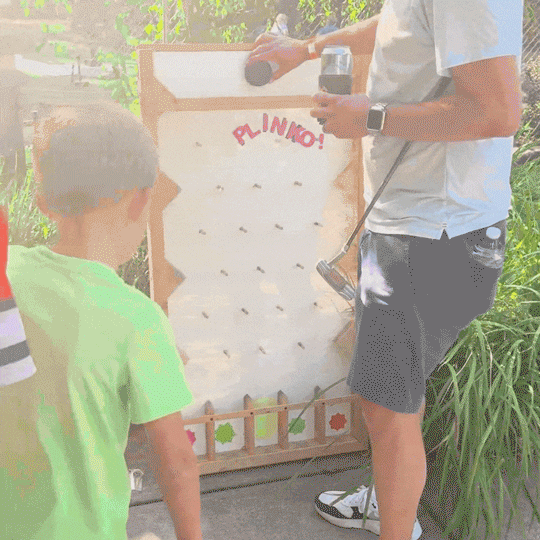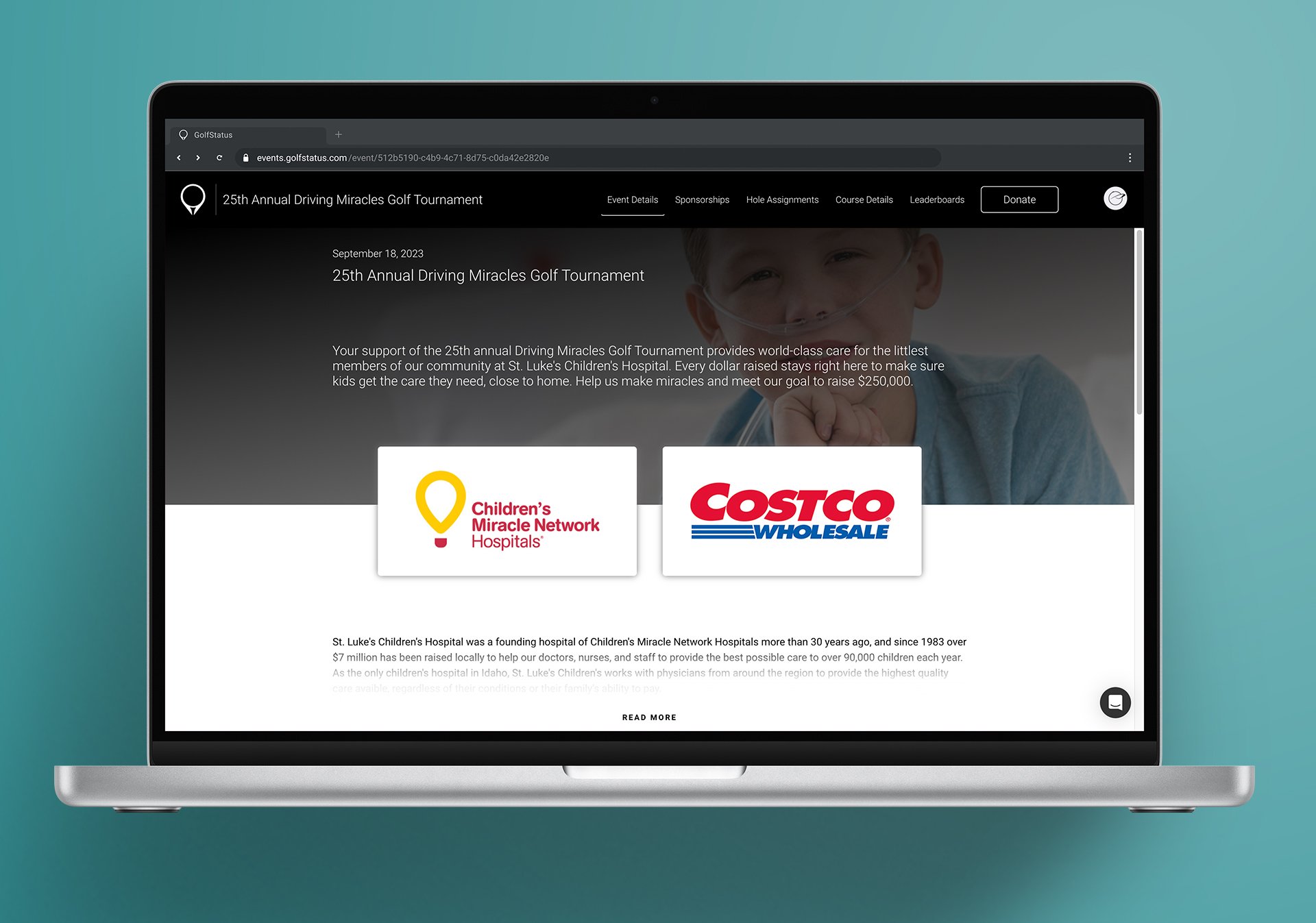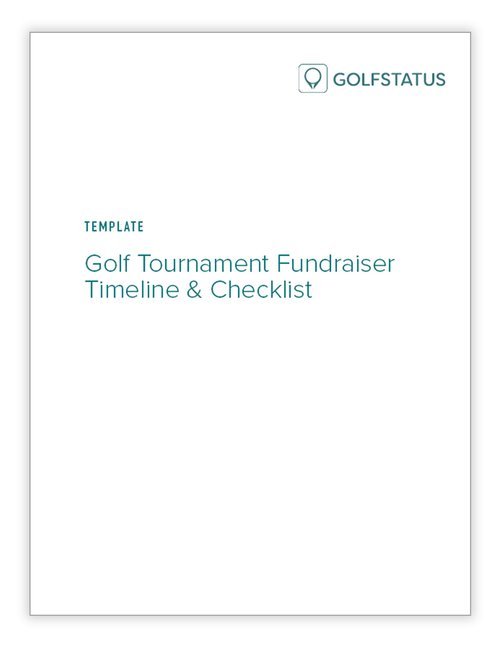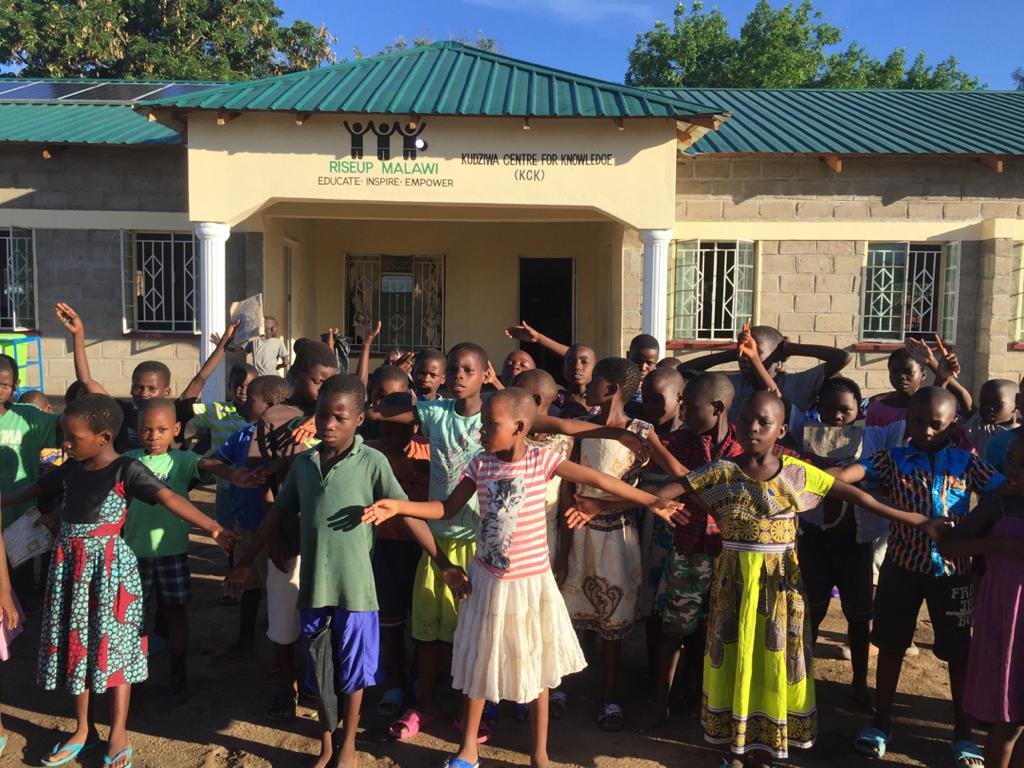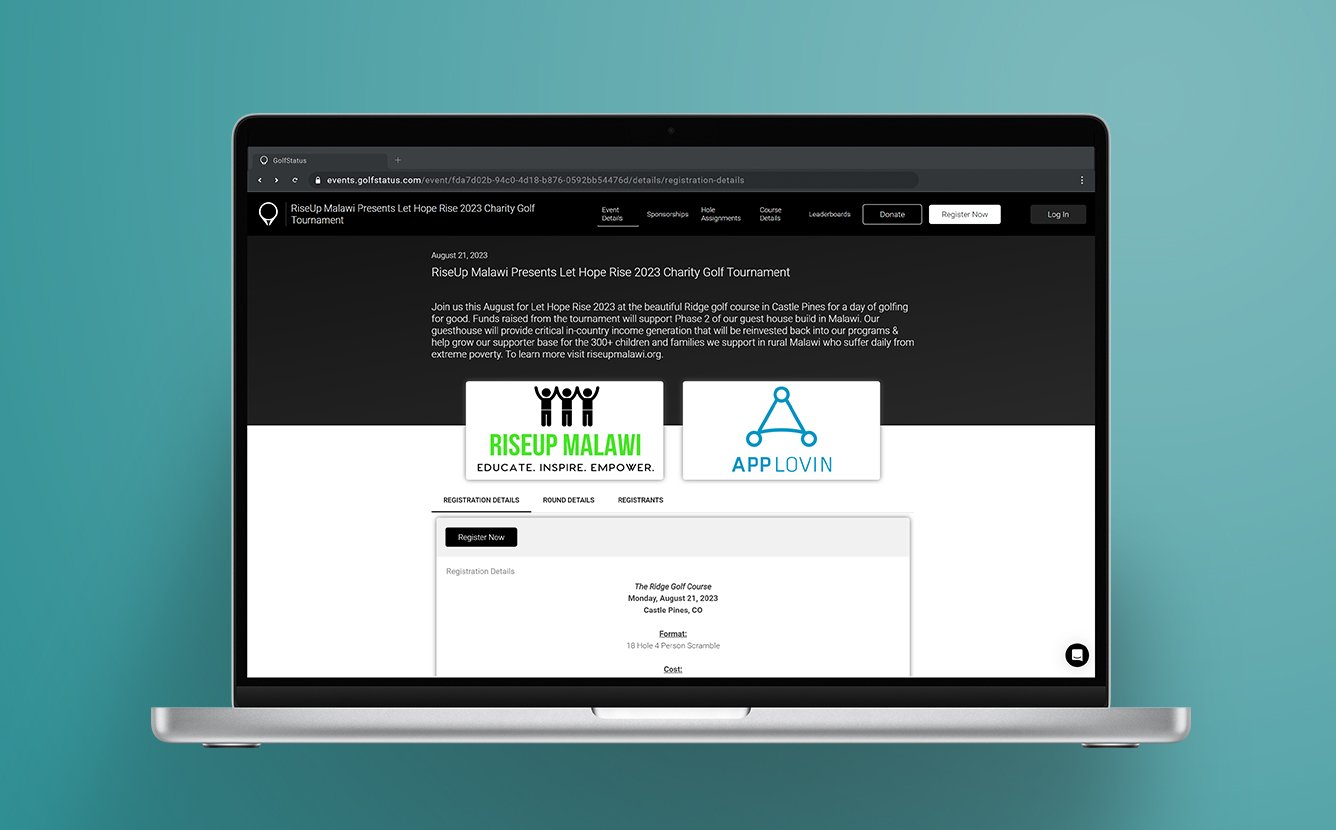by Jen Wemhoff, Communications Manager at GolfStatus
Volunteers are a critical part of a successful charity golf tournament. Whether they’re helping with check-in, running contests, or handing out swag bags, volunteers keep things moving and help make it all possible. The must-dos to ensure a smooth experience for everyone involved? Planning ahead, staying organized, and showing your appreciation.
Here are seven tips to keep your volunteers happy, engaged, and ready to go on tournament day.
Effectively managing your golf tournament’s volunteers is key to its success.
1. START WITH A SOLID PLAN
The more prepared you are leading up to your golf tournament, the better your volunteer team will perform. Make sure you address these key areas:
Define roles and responsibilities. Outline every volunteer role in detail, including specific duties, time commitments, and any skills required (like comfort with a tablet or event management software). Clear instructions and checklists help prevent confusion and ensure nothing falls through the cracks.
Determine how volunteers will sign up. Linking out to your chosen sign-up on your event website is an easy way for volunteers to get involved with your event.
Create a schedule with shifts. Charity tournaments can last four to six hours, not counting setup and teardown. Offering shorter shifts makes it easier for volunteers to commit and ensures you have coverage from start to finish.
Assign lead volunteers. Designate a point person for critical areas like registration, food and beverage, or on-course games. These leads can help answer questions and solve small issues, so you’re free to focus on the big picture.
Pro tip:
Ask volunteers to arrive at least 15 minutes ahead of their shift start time to get settled and receive any last-minute instructions.
2. MAKE VOLUNTEER ONBOARDING A PRIORITY
A smooth onboarding experience builds confidence and helps volunteers feel connected to your mission. It doesn’t have to be time-consuming—just thoughtful.
Here’s how to do it:
Collect information up front. When volunteers sign up, ask for contact info, availability, preferences, and any relevant skills. Let them pick roles or shifts that work for them.
Host a kickoff meeting. Use this time to:
Share your organization’s mission and how volunteers are making a difference
Walk through the tournament schedule
Answer questions and build excitement
Provide training materials. This could include:
Written step-by-step guides
Live or recorded demos for tasks like using software or managing contests
A quick overview of golf basics and etiquette
Set expectations. Be clear about shift times, dress code, responsibilities, and who to contact with questions.
Create a communication plan. Use email, group text, or a volunteer app to share reminders, updates, and check-ins before and during the event.
Make it fun. Share wins from previous tournaments, encourage camaraderie, and build a sense of community. People are more likely to come back next year if they have a great time.
Provide volunteers with the training they need to take on their assignments with confidence.
3. Delegate with confidence
Trying to do it all yourself? That’s a fast track to burnout. Instead, strategically delegate tasks among your volunteers who are willing and able to help. When someone inevitably asks, “How can I help?” have a task or two ready to assign. Trust your volunteers to step up—remember, they signed on to help, so have the confidence that they’ll follow through on what needs to be done.
4. Keep systems organized
Whether you’re using a spreadsheet, Google Form, or a dedicated volunteer management tool, keep your systems tidy and accessible. Share access with your planning team and make sure everyone’s on the same page about who’s doing what, and when. You should also share access to your golf event management tool with key volunteers so they have access to up-to-date golfer, team, and sponsor information.
free guide
This a-to-z guide outlines effective volunteer strategies for nonprofit golf fundraisers. Get ideas and tools to help leverage volunteer time, energy, and enthusiasm to execute a flawless golf event.
5. Communicate early & often
Once a volunteer signs up, send a confirmation email so they know what to expect. Then, provide all the details they’ll need ahead of the tournament:
What to wear (and when/where to pick up any branded gear)
When to arrive and where to park
Where to check in and who to check in with
What their assignment is, where they’ll be stationed, and what materials they’ll need
Where and when they can grab food or drinks
Shift start and end times
Who to contact if they have questions or issues
Holding a volunteer meeting? In-person is great for camaraderie, but virtual briefings or even recorded videos are good alternatives for busy schedules.
6. Build in flexibility
Even the best-laid plans can go sideways. You might want to have a few “floater” volunteers on standby to fill in if someone cancels last-minute or if another area needs some extra help. Think through your backup plan in advance so you’re not scrambling on tournament day to cover assignments.
Pro Tip:
Make sure your lead volunteers have been connected with the golf facility staff so they know who to go to if there are issues or questions on event day.
Having a lead volunteer for things like golfer check-in frees tournament organizers up to engage with and thank golfers and sponsors.
7. Show appreciation
Remember, volunteers are giving their time and energy to support your cause, so show them some love.
Provide meals, snacks, drinks, and a thank-you gift or token of appreciation.
Recognize them during your awards or welcome remarks.
Assign a planning team member to check in with volunteers throughout the day to see how they’re doing and offer support.
Personally thank them during the tournament and send a handwritten thank you after the event.
Volunteers = A better tournament experience
Your volunteers, and how you manage them, can make or break your tournament day. Investing time in planning, onboarding, and communication will pay off in a smoother event and a group of happy volunteers who are excited to support your cause again.
Keep Your Tournament Running Smoothly With the Right Tech
The right event management tech can help your tournament run smoothly from planning, execution, and follow-up. GolfStatus’ golf tournament software is built to save organizers a ton of time and help raise even more money to support your mission. With time-saving automations, revenue-boosting sponsorships and add-ons, and access to a responsive support team seven days a week, GolfStatus helps you hold your best golf tournament yet. Best of all—nonprofits can get started at no upfront cost. Click below to book a meeting with one of our golf fundraising specialists to get started.














